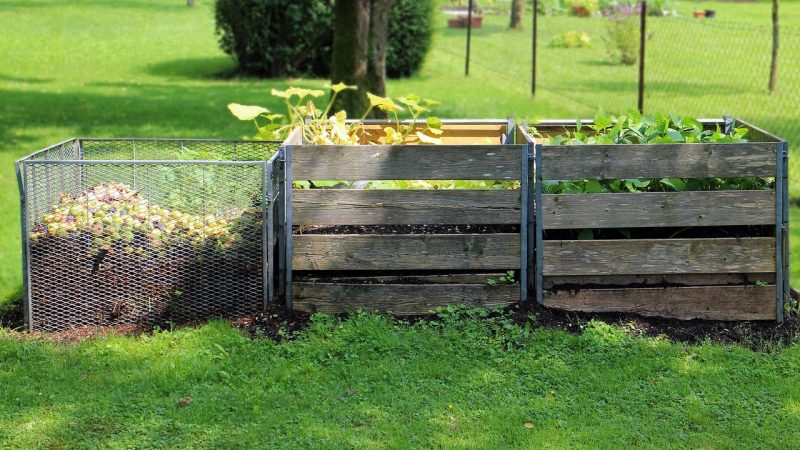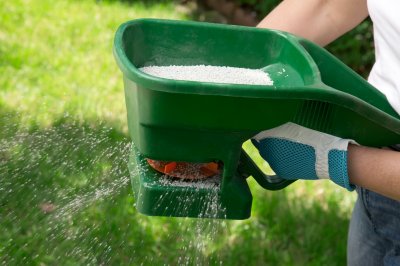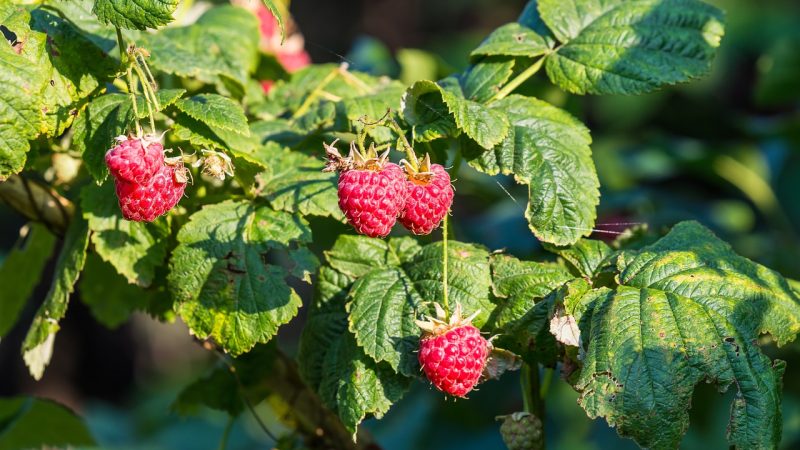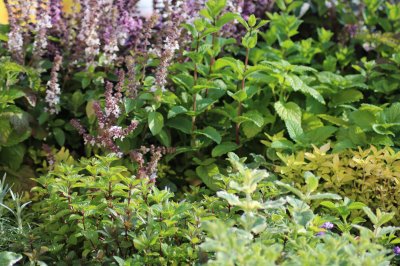Monstera deliciosa, commonly known as the “Swiss cheese plant” or “split-leaf philodendron,” is a tropical plant native to Central America. It is a popular houseplant and is well-known for its large, striking leaves with distinctively shaped holes or cuts, giving it a unique appearance.
The leaves of Monstera deliciosa are typically glossy and dark green, and can grow up to 90 cm (35 inches) long and 75 cm (29 inches) wide. The plant can also produce a spadix, which is a long, white, tube-like flower surrounded by a hood-like structure known as a spathe.
The plant is relatively easy to care for and can tolerate a range of lighting conditions, from bright, indirect light to lower light levels. It prefers well-draining soil and regular watering, but is sensitive to overwatering, which can lead to root rot.
In addition to its unique appearance, Monstera deliciosa is also valued for its edible fruit, which is a large, green, pineapple-like structure that tastes like a combination of banana and pineapple. However, it takes several years for the plant to mature and produce fruit, and the fruit must be fully ripe before it can be eaten as the unripe fruit contains toxic compounds.








